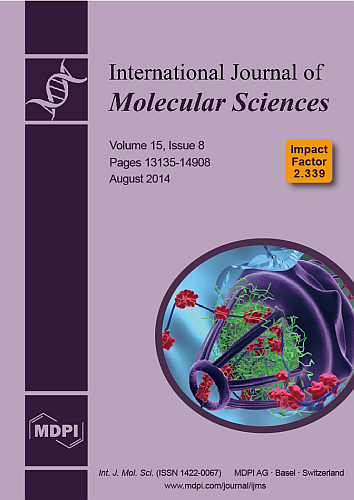Open AccessArticle
Comparative Evaluation of Urinary PCA3 and TMPRSS2: ERG Scores and Serum PHI in Predicting Prostate Cancer Aggressiveness
by
Lucile Tallon 1,2,†, Devillier Luangphakdy 1,2,†, Alain Ruffion 2,3,4, Marc Colombel 2,5,6, Marian Devonec 2,3, Denis Champetier 3, Philippe Paparel 2,3, Myriam Decaussin-Petrucci 2,4,7, Paul Perrin 2,3 and Virginie Vlaeminck-Guillem 1,2,8,*
1
Medical Unit of Molecular Oncology and Transfer, Department of Biochemistry and Molecular Biology, University Hospital of Lyon Sud, Hospices Civils of Lyon, Chemin du Grand Revoyet, 69495 Pierre Bénite, France
2
Department of Medicine and Pharmacy, Faculty of Lyon 1 University, 8 Avenue Rockefeller, 69373 Lyon, France
3
Department of Urology, University Hospital of Lyon Sud, Hospices Civils of Lyon, Chemin du Grand Revoyet, 69495 Pierre Bénite, France
4
Institute of Functional Genomics of Lyon, CNRS UMR5242, Lyon 1 University-CNRS-INRA, 46 Allée d'Italie, 69364 Lyon, France
5
Department of Urology, E. Herriot Hospital, Hospices Civils of Lyon, Place d'Arsonval, 69003 Lyon, France
6
Joint Research Unit INSERM 1033, Lyon 1 University, Avenue Rockefeller, 69373 Lyon, France
7
Department of Pathology, University Hospital of Lyon Sud, Hospices Civils of Lyon, Chemin du Grand Revoyet, 69495 Pierre Bénite, France
8
Centre de Recherche en Cancérologie de Lyon, U1052 INSERM, UMR CNRS 5286, Université Lyon I, Centre Léon Bérard, Rue Laennec, 69008 Lyon, France
†
These authors contributed equally to this work.
Cited by 34 | Viewed by 6287
Abstract
It has been suggested that urinary PCA3 and TMPRSS2:ERG fusion tests and serum PHI correlate to cancer aggressiveness-related pathological criteria at prostatectomy. To evaluate and compare their ability in predicting prostate cancer aggressiveness, PHI and urinary PCA3 and TMPRSS2:ERG (T2) scores were assessed
[...] Read more.
It has been suggested that urinary PCA3 and TMPRSS2:ERG fusion tests and serum PHI correlate to cancer aggressiveness-related pathological criteria at prostatectomy. To evaluate and compare their ability in predicting prostate cancer aggressiveness, PHI and urinary PCA3 and TMPRSS2:ERG (T2) scores were assessed in 154 patients who underwent radical prostatectomy for biopsy-proven prostate cancer. Univariate and multivariate analyses using logistic regression and decision curve analyses were performed. All three markers were predictors of a tumor volume ≥0.5 mL. Only PHI predicted Gleason score ≥7. T2 score and PHI were both independent predictors of extracapsular extension (≥pT3), while multifocality was only predicted by PCA3 score. Moreover, when compared to a base model (age, digital rectal examination, serum PSA, and Gleason sum at biopsy), the addition of both PCA3 score and PHI to the base model induced a significant increase (+12%) when predicting tumor volume >0.5 mL. PHI and urinary PCA3 and T2 scores can be considered as complementary predictors of cancer aggressiveness at prostatectomy.
Full article
►▼
Show Figures






